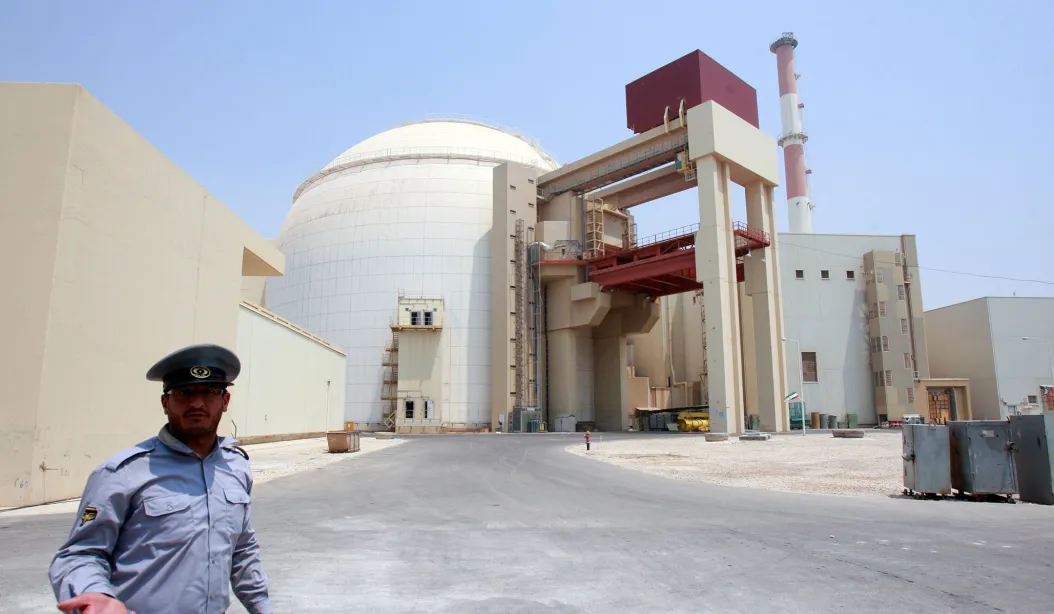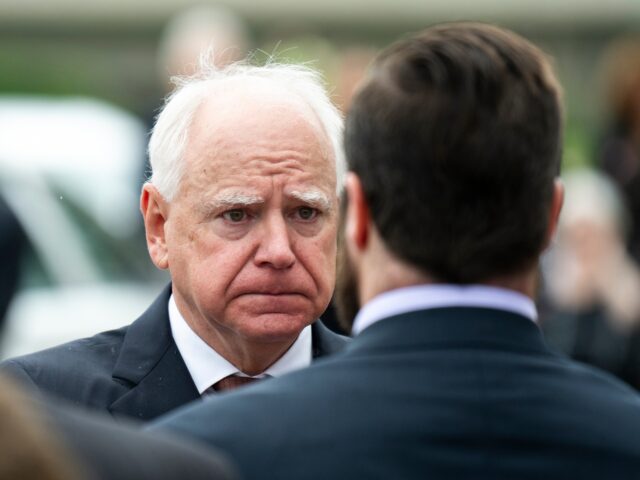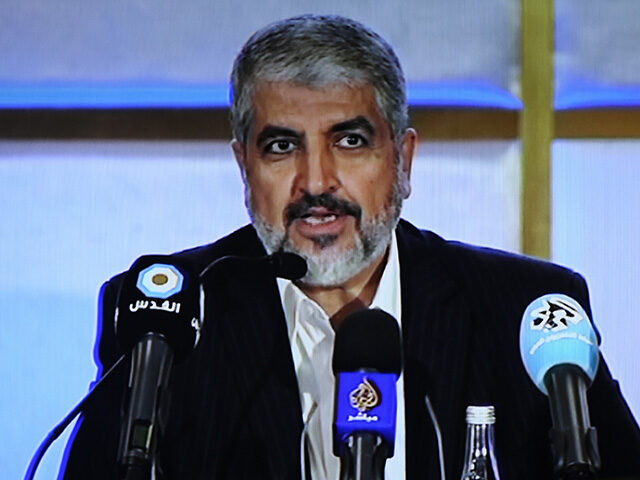[caption id="attachment_33014" align="alignnone" width="1054"]

A security official talks to journalists in front of the Bushehr main nuclear reactor in 2010.(Raheb Homavandi/Reuters)[/caption]
By Andrew C. McCarthy. Media: Nationalreview
On Saturday night, as we’ve detailed, President Donald Trump ordered military strikes that, he says, “obliterated” Iran’s key nuclear enrichment sites at Fordow, Natanz, and Isfahan. When the news broke, I had half-written a post about whether the past week’s “should he or shouldn’t he?” debate was missing something. Specifically, What is the state of play regarding Iran’s Bushehr Nuclear Power Plant?
My question stems from a news story that flew under the radar during the past week as our debate centered on Fordow, the deep underground enrichment facility buried in the mountains outside Qom. On Thursday, several media outlets reported that Russian dictator and war criminal Vladimir Putin, a key ally of the jihadist regime in Tehran, said he had reached an agreement with the Israeli government that guarantees the safety of hundreds of Russian nuclear experts who currently work at the Bushehr plant. There are about 200 Russians there now. With the claimed agreement in hand, Putin said, “their total number may reach 600.”
Now, if Putin’s lips are moving, he is more than likely lying or trying to spin some kernel of truth to his advantage. And I have seen no reporting in which some Israeli official confirms Putin’s claim. Still, I’m inclined to credit it because, even before Putin said anything, Israel appeared anxious to assure other nations and the International Atomic Energy Agency (IAEA — the United Nations monitor) that it would avoid striking Bushehr.
The need for such assurances was prompted by Israel Defense Forces strikes against Iran’s nuclear enrichment facility at Natanz. The damage was sufficiently heavy to spur an examination of radiation and chemical readings, which fortunately appear to have remained unchanged. (I am no expert, so perhaps we’ll hear more about how reliable such assessments are in the fog of war — particularly after the massive U.S. strikes on Saturday.)
If, from a fallout standpoint, all was reasonably well at Natanz, why the concerns about Bushehr? Well, because Bushehr is a working nuclear reactor — the only one in Iran. (There is reporting that Iran and Russia plan to build two more reactors at the site. The planned heavy-water reactor in Arak, a plutonium proliferation concern, was never brought online, and Israel bombed it last week.)
The main worry regarding Natanz and Fordow is that the centrifuges there are numerous and advanced, which presents the risk of their weaponization. These enrichment facilities enabled Iran to refine raw uranium into uranium 235, the fissile isotope that can sustain nuclear reactions. In the enrichment facilities, Iran was believed to be progressing toward weapons-grade uranium, not conducting atomic reactions. Obviously, bombing attacks on facilities that contain highly enriched uranium are not a trivial concern. Nevertheless, the objective of such strikes is to destroy the centrifuges that enable refinement of the uranium before it has been irradiated. While the risk of unleashing dangerous chemicals is real, there is negligible risk of leaking radioactive material.
By contrast, at working nuclear reactors, such as Bushehr, refined uranium 235 is subjected to nuclear fission, catalyzing chain reactions that generate radioactive fuel and tremendous heat. This is what the reactor is designed to contain as the radiated fission products are cooled by water, generating steam that flows into the turbines and generators that ultimately produce electrical energy. Consequently, a missile attack on a reactor could result in a catastrophic meltdown that releases radioactive materials into the atmosphere. The fear, of course, is a repeat of an event such as the 1986 reactor explosion at Chernobyl, in the USSR, or the 2011 nuclear accident in Fukushima, Japan, that followed an earthquake and a tsunami.
No doubt, this is why Israel is signaling that Bushehr is not on its target list. That’s good; no one should want Israel, the U.S., or anyone else to hit a nuclear reactor. But it’s cold comfort: Iran’s continued operation of a nuclear reactor, in conjunction with and under the protection of its Russian confederates, is a huge problem.
In principle, the refinement process to enrich to uranium to the 3 to 5 percent level, which is needed for such civilian nuclear uses as power generation, is the same as the process to enrich it to the more than 90 percent level, which is needed for military weaponization. It just requires advanced centrifuge infrastructure and know-how to get from lower to higher enrichment levels. For example, India (in 1974) and North Korea (in 2003–06) developed nuclear weapons under the guise of civilian nuclear power generation.
The safeguards against such deceptions regarding the purpose of nuclear enrichment are weak. In the main, they involve trust: a country’s willingness to open the relevant facilities to IAEA inspections, along with cooperation from any other nations or entities collaborating in the generation of nuclear power, to ensure compliance with standards for civilian uses.
India did not join the Treaty on the Non-Proliferation of Nuclear Weapons (NPT) and therefore was not subject to IAEA monitoring. North Korea, once it was far enough along in its legerdemain, withdrew from the NPT in 2003, ending IAEA inspections prior to its first nuclear test, in 2006. (Pyongyang used plutonium produced as a by-product of the uranium fuel generated at its Yongbyon reactor, which was purportedly for “scientific research.”) That history is worth remembering: It has been widely reported over the past week that Iran is threatening to withdraw from the NPT, which would end all IAEA monitoring, including at Bushehr.
Even with IAEA monitoring, Iran has been cheating and in violation of its NPT obligations. So, how much do you trust Putin, of all people, to keep his Iranian ally on the straight and narrow? (It is also worth remembering that the North Korean nuclear facility for “scientific research” was built with Soviet help.) More to the point, Iran is a country rich in oil and natural gas. It does not need nuclear power for civilian purposes. Bushehr produces less than 2 percent of Iran’s energy. Even if two more reactors were constructed, they would produce less than 5 percent of the country’s energy, easily replaceable by Iran’s other energy sources.
We can keep telling ourselves that Russia is proud of its prowess in the development of nuclear power for civilian uses, that this enterprise is an important revenue-generating resource for Putin’s regime, and that Russia does not have an interest in helping Iran weaponize nuclear power. Russia, however, has sought to shield Iran from sanctions even as Putin well knew that Iran had enriched fuel up to 60 percent — a level far beyond what’s needed for civilian power generation and can only be explained by Tehran’s determination to acquire weapons.
Furthermore, jihadist Iran and Russia have little in common politically or culturally. The glue of their alliance — between the two as well as with China and North Korea — is hostility toward the United States. Putin helps the mullahs with nuclear power because the regime in Tehran is a mortal enemy of America. Do we really want to trust Putin to make sure that Iran won’t use Bushehr to persist in its nuclear weapons program? Especially now, when the regime, devastated by the ongoing war and clinging to power, craves a nuke — i.e., craves the impunity that rogue North Korea enjoys — more than ever?
Bushehr is a major complication. While fighting to eliminate the existential nuclear threat from Iran, Israel has credibly maintained that its fight is with the jihadist regime, not the Iranian people. At bottom, the threat is the regime that seeks to destroy Israel and has, for 46 years, been the leading state sponsor of anti-American terrorism. Israel would therefore like to see the regime swept away. We, too, should hope the Iranian people, so abused by the regime, will rise up against it.
Even if that were not the case, though, Israel would not want to be responsible for an attack that causes a nuclear meltdown. Not only would that imperil millions of Iranians in the areas surrounding Bushehr; the fallout could endanger the Persian Gulf region, potentially affecting Kuwait, Saudi Arabia, Bahrain, Qatar, and the United Arab Emirates. Ergo, a military strike on the Bushehr facility is not in the cards. But if we are rightly determined to end the Iranian nuclear threat, how can the United States and Israel abide Bushehr’s continued operation?
The existence of an Iranian civilian nuclear program — a program that Iran does not need and could convert to military use — is a tough problem. Alas, it is not Russia alone we have to thank for it.
Bushehr began construction under Shah Mohammad Reza Pahlavi during the Cold War, in partnership with West Germany. Iran had become an NPT member in 1970. The shah’s ambitious project for the construction of nearly two dozen civilian-use reactors by the 1990s was thwarted, before the completion of any: The shah was deposed in the 1979 revolution led by Ayatollah Ruhollah Khomeini, and there followed, beginning in 1980, Iran’s bloody eight-year war against Iraq. In 1995, during the Wild West days of Boris Yeltsin’s post-Soviet Russia, the Iranian regime signed a deal with Russia’s burgeoning energy giant, Rosatom, to construct the reactor at Bushehr. Subsequent to Putin’s accession, there were various delays — mainly negotiations over control of the facility and its fuel supply — until the reactor finally began operation in 2011, under IAEA monitoring given Iran’s continuing status as an NPT member.
Enter President Barack Obama and his crowning foreign policy “achievement,” the Iran nuclear deal, formally known as the Joint Comprehensive Plan of Action. Not only did the JCPOA take no action against Iran’s support for anti-American terrorism and ballistic missile development, not only did it put Iran on a glide path toward becoming a nuclear-armed power; Obama’s deal also committed the United States and other parties to the pact (Britain, France, Germany, China, and Russia) to facilitate Iran’s civilian nuclear program — to support its “safe and transparent development.”
The JCPOA was never ratified as a treaty by any of the parties to it. Technically, it was an executive agreement that could not legally bind the United States. But Obama relied on it during his last year and a half in office to change the facts on the ground in hopes of making it a fait accompli. It didn’t work: President Trump withdrew the U.S. from the pact and reimposed sanctions. And, as Saturday night’s strikes show, military conflict with the Iranian regime to prevent its acquisition of nuclear weapons was not averted.
Still, Obama was not completely unsuccessful. The JCPOA encouraged the operation and even expansion of Bushehr. And now Bushehr persists: It can’t be attacked, it can’t be abided, and its existence as a purely civilian nuclear program hinges on the credibility of Putin and the Iranian regime.
 A security official talks to journalists in front of the Bushehr main nuclear reactor in 2010.(Raheb Homavandi/Reuters)[/caption]
A security official talks to journalists in front of the Bushehr main nuclear reactor in 2010.(Raheb Homavandi/Reuters)[/caption]

 A security official talks to journalists in front of the Bushehr main nuclear reactor in 2010.(Raheb Homavandi/Reuters)[/caption]
A security official talks to journalists in front of the Bushehr main nuclear reactor in 2010.(Raheb Homavandi/Reuters)[/caption]
 A security official talks to journalists in front of the Bushehr main nuclear reactor in 2010.(Raheb Homavandi/Reuters)[/caption]
A security official talks to journalists in front of the Bushehr main nuclear reactor in 2010.(Raheb Homavandi/Reuters)[/caption]


